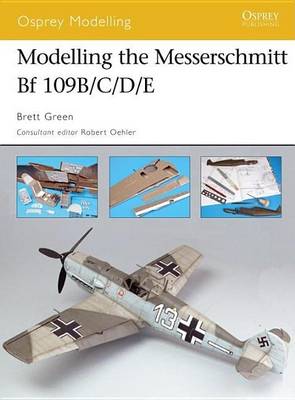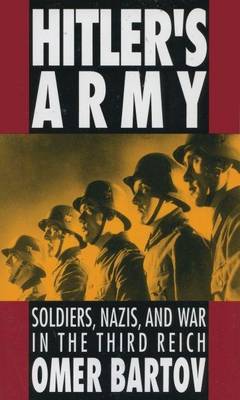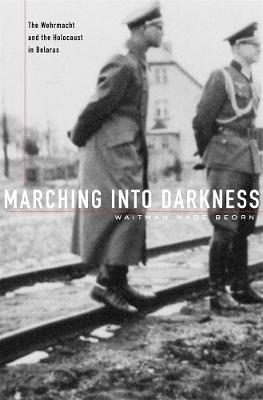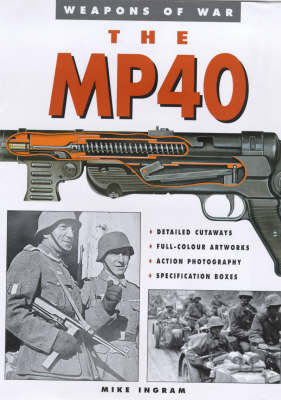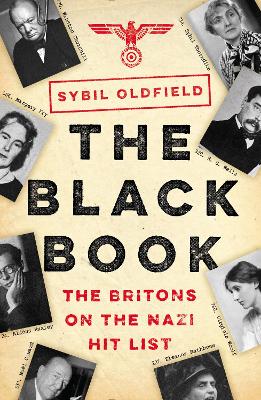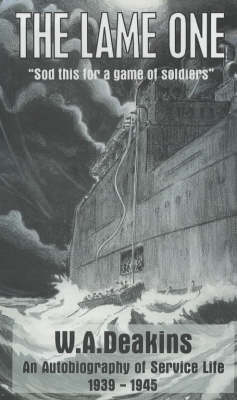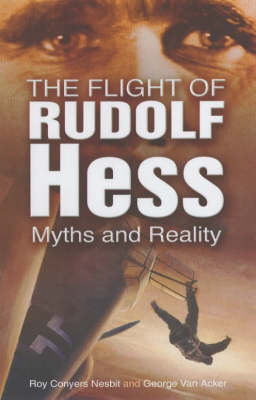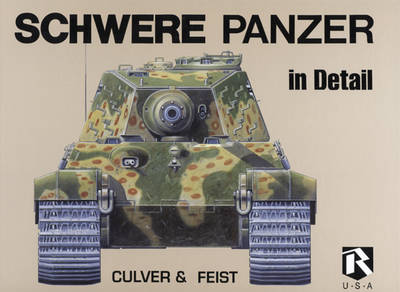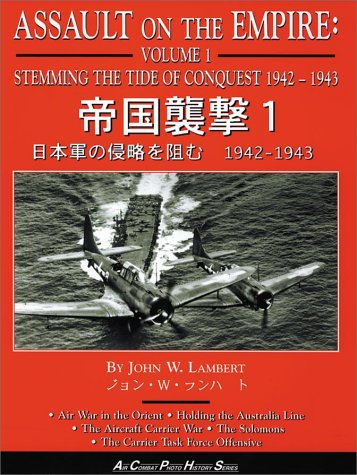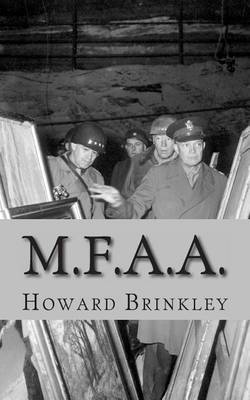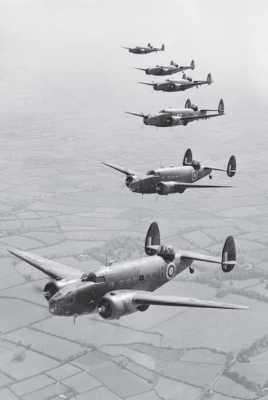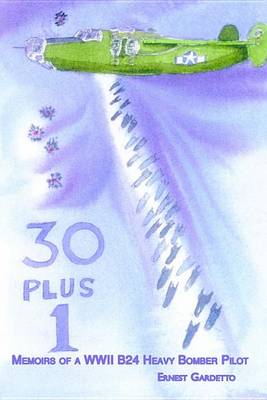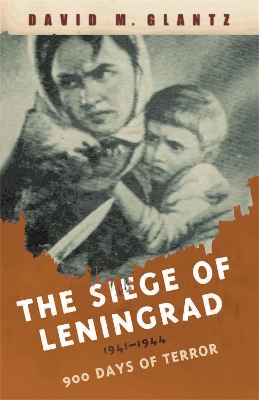Modelling the Messerschmitt Bf 109b/C/D/E (Osprey Modelling, #32)
by Brett Green
The Messerschmitt Bf 109 was the most prominent German fighter type of World War II - over 35,000 were built and it served in many different variants and roles throughout the course of the war. This book is the first in a series of three covering the entire history of the Bf 109. It describes the range of kits available for the early and pre-war variants, including the Bf 109s that flew in the Spanish Civil War, Poland, France and the Battle of Britain. Author Brett Green also includes the full...
On October 10, 1941, the entire Jewish population of the Belarusian village of Krucha was rounded up and shot. While Nazi death squads routinely carried out mass executions on the Eastern Front, this particular atrocity was not the work of the SS but was committed by a regular German army unit acting on its own initiative. Marching into Darkness is a bone-chilling expose of the ordinary footsoldiers who participated in the Final Solution on a daily basis.Although scholars have exploded the myth...
'Thoroughly researched and fascinating' Observer 'Wondrous ... a formidable piece of scholarship' Bookanista In 1939, the Gestapo created a list of names: the Britons whose removal would be the Nazis' first priority in the event of a successful invasion. Who were they? What had they done to provoke Germany? For the first time, the historian Sybil Oldfield uncovers their stories and reveals why the Nazis feared their influence. Those on the hitlist - more than half of them naturalised refugees...
On 10 May 1941, Rudolf Hess - Deputy Fuhrer of the Third Reich - embarked on his astonishing flight from Augsburg to Scotland. At dusk the same day, he parachuted on to a Scottish moor and was taken into custody. His arrival provoked widespread curiosity and speculation, which has continued to this day. Why did Hess fly to Scotland? Had Hitler authorized him to attempt to negotiate peace? Was British intelligence involved? What was his state of mind at the time? Drawing on a variety of reliable...
In this book of World War II reminiscences, edited by "flying ace" Laddie Lucas, airmen from both sides of all nationalities recall memorable characters they met in the air forces. There are intimate, first-hand portraits of the famous and the not-so-famous, from heroes like Leonard Cheshire, Douglas Bader and Johnnie Johnson to the legendary Commanders-in-Chief like Sir Arthur ("Bomber") Harris, their pilots, air and ground crews and operational personnel. Here, remembered for their courage, co...
American flyer Watt parachuted out of his burning bomber into Nazi-occupied Belgium. Assisted by selfless patriots who helped him elude the Gestapo, he began the treacherous journey to Spain, where his life was still in danger since he had fought against ruler General Franco in the Spanish Civil War six years earlier.
Assault on the Empire (Air Combat Photo History)
by John W. Lambert
Reading Daniel as a Text in Theological Hermeneutics
by Aaron B Hebbard
Employing such disciplines as historical criticism, literary criticism, narrative theology, and hermeneutics, Reading Daniel as a Text in Theological Hermeneutics seeks to maintain an interdisciplinary approach to the Book of Daniel. Through this approach, the author sets out to understand and interpret the Book of Daniel as a narrative exercise in theological hermeneutics. Two inherently linked perspectives are utilised in this particular reading of the text: First is the perception that the ch...
In what has been described as the greatest raid of all, Operation Chariot saw heavy destruction of the enemy-occupied port of St Nazaire by British forces. Winged Chariot examines the role that the RAF played during this epic raid on 28th March 1942. With focus on the planning and actions of the operation, Peter Lush explores the three functions carried out by the RAF; the sweeping of the Bay of Biscay, the diversionary raid and protecting the withdrawing survivors. He also outlines the import...
The full story of the most terrible siege in history when over a million people perished, illustrated by pictures recently released from Russian archives.Leningrad (now reverted to its pre-1914 name of St Petersburg) was surrounded by German forces in 1941 and cut off from the rest of Russia. It was besieged for nearly three years, the great city's population suffering terribly in the bitter cold of the Russian winter. Over a million men, women and children died of starvation and hypothermia, bu...
